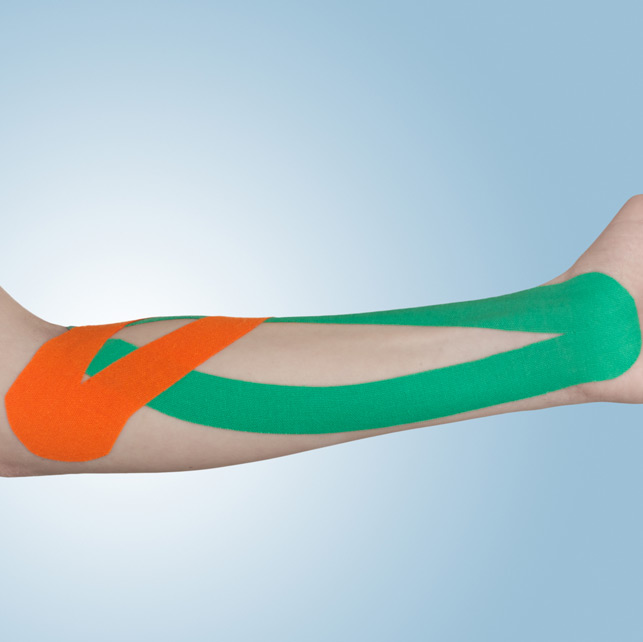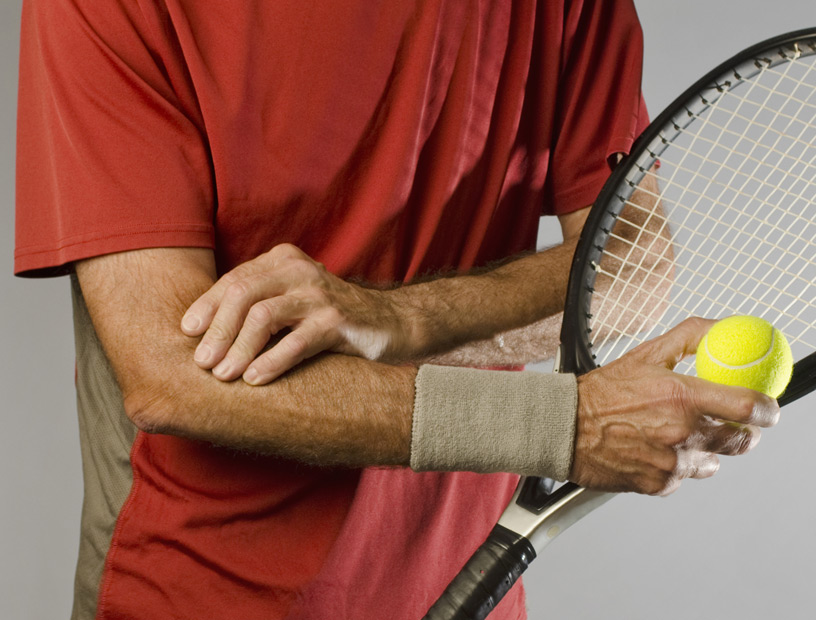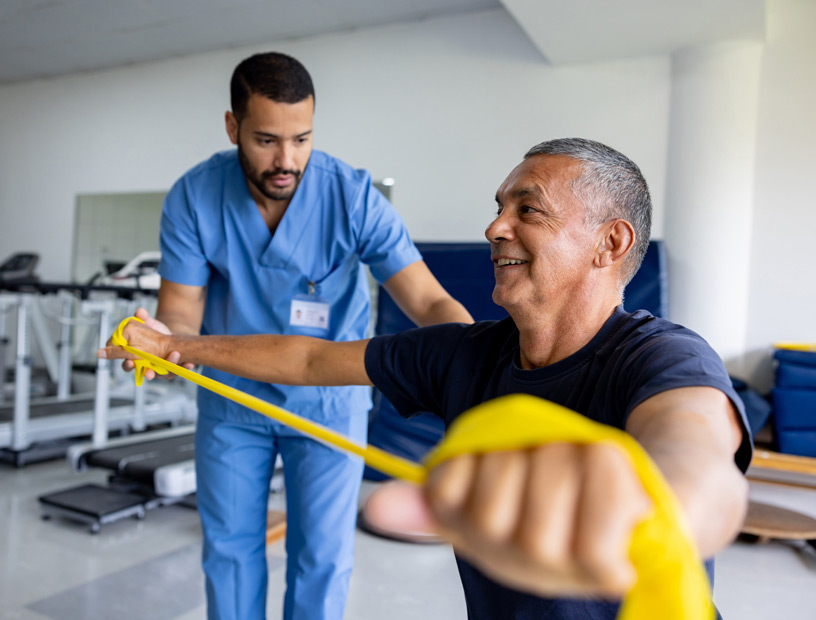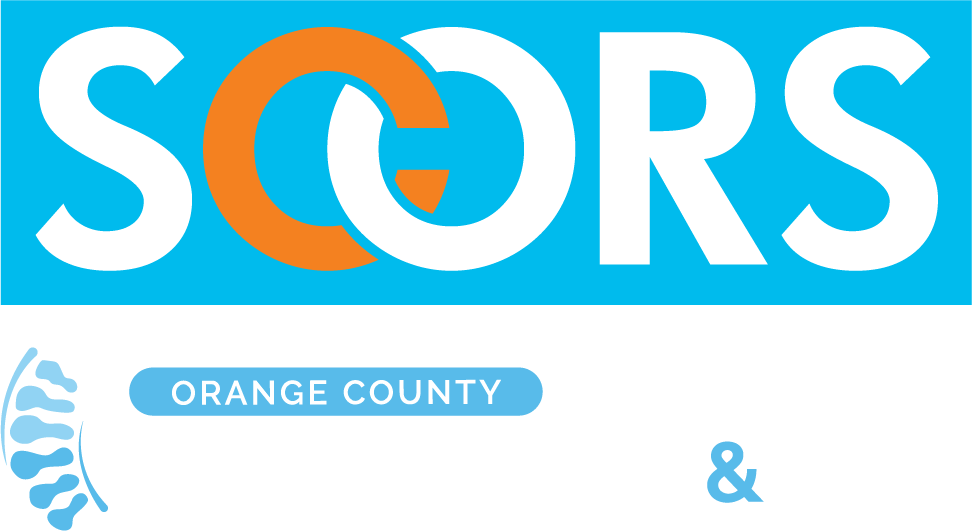
Discover how repetitive sports could contribute to these overused elbow injuries.
Tennis and golfer’s elbow are the common names for pain in the tendons of the forearm at the elbow. Golfer’s elbow is what this pain is called when it affects the inside of the elbow, while tennis elbow refers to the pain on the outside of the elbow. Tennis and golf players are not the only people who can experience this pain.
- Anyone who uses their wrists or clenches their fingers repeatedly can develop these conditions.
- Recognizing when you are experiencing symptoms, resting, and seeking appropriate orthopedic treatment can help to ensure that you do not miss any time on the courts or greens.
Causes
Golfer’s and tennis elbow are the result of muscle and tendon damage. The damage is caused by excessive use and wear and tear on these soft tissues. The force that you use when swinging a golf club or tennis racket can damage the tendons. Improper technique when hitting or a lack of warm-up can contribute to golfer’s and tennis elbow. Improper throwing techniques in baseball, softball, archery, or football can also cause these conditions. Doing too many reps when weight lifting is another possible cause.
Other repetitive activities such as painting, hammering, typing, and assembly work may also lead to this type of elbow damage. People over the age of 40 years, patients who are obese, and those who smoke have an increased risk of golfer’s or tennis elbow.
Symptoms

The symptoms of tennis and golfer’s elbow include pain and tenderness on the inside or outside of your elbow. The discomfort may extend along your forearm. Most people find that the pain worsens with activity. Your elbow may feel stiff. Your hands may feel weak and you could experience numbness or tingling in your fingers.
The pain can start suddenly or be more gradual. You may notice that your pain worsens when you shake hands, turn a door knob, flex your wrist, or pick up something with your palm pointing toward the floor.
Treatments
As soon as you experience elbow pain, rest and ice the area. An over-the-counter pain reliever may help to reduce discomfort. An elbow brace may help to reduce straining of your tendons and muscles. An elastic wrap can also be wrapped around your elbow when you are doing routine activities such as cooking, writing, and getting dressed.
Your orthopedic doctor may give you stretching exercises for your extensor and flexor muscles. Cortisone injections might provide you with temporary relief. Consider working with a golf or tennis pro to improve your form.
If your symptoms persist past six months, surgery may be an option. The surgery is designed to remove scar tissue and repair any tears within your tendons. The surgery can be performed endoscopically and with ultrasound guidance. This results in a shorter recovery time. When you return to activity, do so gradually so that you do not cause any further injury. After surgery, your orthopedic physician may recommend that you participate in physical or occupational therapy.

on caring for specific orthopedic needs.

